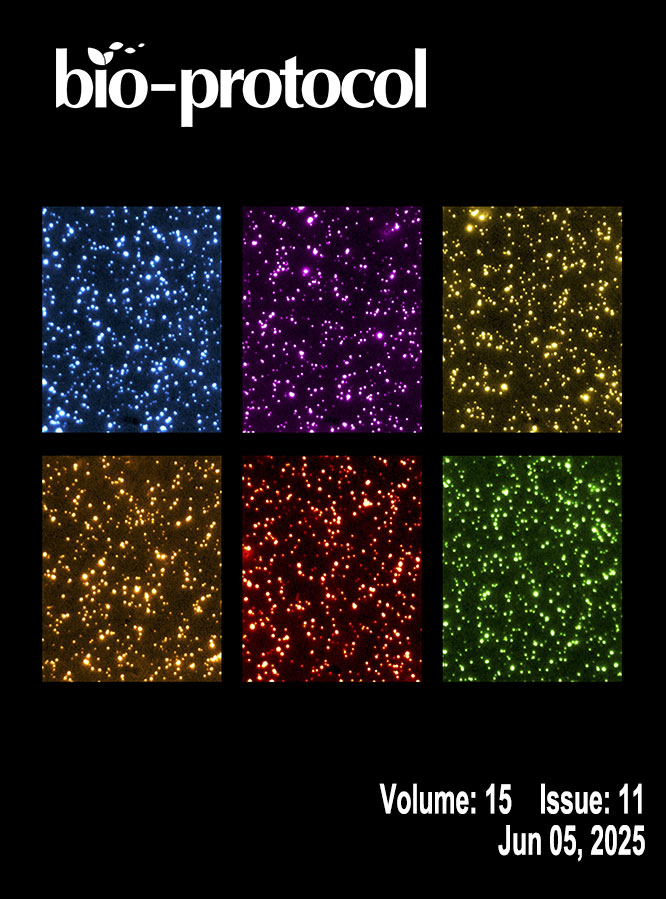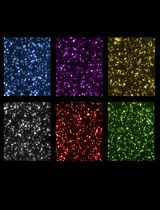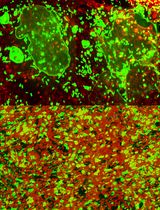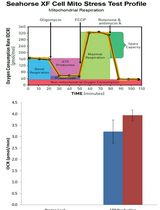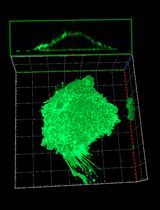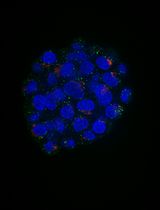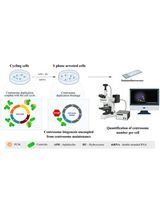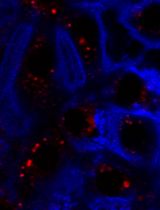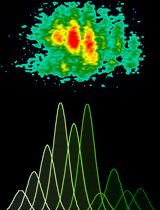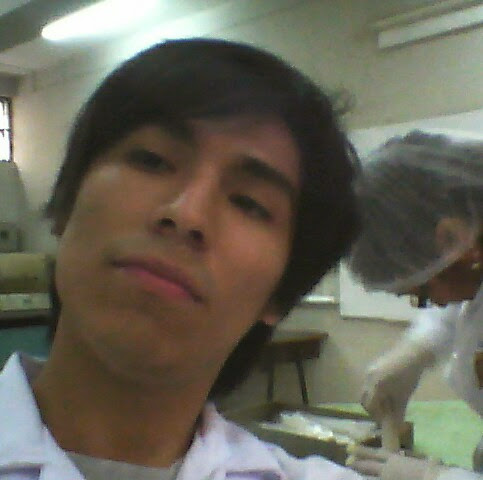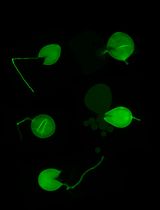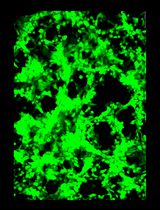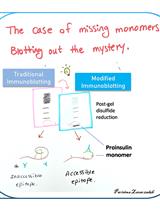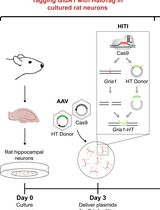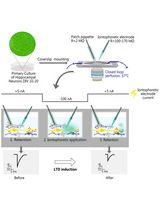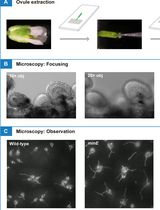往期刊物2025
卷册: 15, 期号: 11
生物化学
In vitro Condensation Assay of Fluorescent Protein-Fused PRPP Amidotransferase Purified from Budding Yeast Cells
源自出芽酵母的荧光蛋白融合PRPP转酰胺酶的体外冷凝实验
生物工程
Murine Osteoblast and Osteoclast Co-culture on Demineralized Bone Paper for Bone Remodeling
在脱矿骨纸上共培养小鼠成骨细胞与破骨细胞用于研究骨重塑
细胞生物学
Mito Stress Assay of PBMCs With Seahorse XFe96 Flux Analyzer and Comparison of Poly-D-Lysine and Poly-L-Lysine for Cell Affinity
利用Seahorse XFe96通量分析仪检测PBMC的线粒体应激反应,并比较Poly-D-Lysine与Poly-L-Lysine的细胞附着性能
PI(4,5)P2 Imaging Using a GFP Reporter in Living Cells
利用GFP报告蛋白在活细胞中成像PI(4,5)P₂
An Automated Imaging Method for Quantification of Changes to the Endomembrane System in Mammalian Spheroid Models
基于哺乳动物类器官球模型的内膜系统变化自动成像定量方法
发育生物学
The Centriole Stability Assay: A Method to Investigate Mechanisms Involved in the Maintenance of the Centrosome Structure in Drosophila Cultured Cells
中心粒稳定性检测:研究果蝇培养细胞中中心体结构维持机制的方法
环境生物学
In-house Fabrication of Nanoplastics of Tunable Composition and Application: Assessment of Bioelectric Changes in Primary Rat Lung Alveolar Epithelial Cell Monolayers Exposed to Nanoplastics
自制可调组分纳米塑料及其应用:评估其对大鼠肺泡上皮细胞单层的生物电变化影响
免疫学
Proliferation Assay Using Cryopreserved Porcine Peripheral Mononuclear Cells Stimulated With Concanavalin A and Analyzed With FCS ExpressTM 7.18 Software
使用康可藻红素刺激冷冻保存的猪外周单个核细胞进行增殖检测,并结合FCS ExpressTM 7.18软件分析
微生物学
Silencing Arbuscular Mycorrhizal Fungal Gene Using Chitosan Nanoparticle-Mediated dsRNA Delivery System
利用壳聚糖纳米颗粒介导的dsRNA递送系统沉默丛枝菌根真菌基因
General Maintenance and Reactivation of iSLK Cell Lines
iSLK细胞系的常规维护与KSHV再活化操作
分子生物学
Quantification of Folded and Misfolded Proinsulin Forms Using Nonreducing SDS-PAGE and Proinsulin-Specific Immunoblotting
利用非还原性SDS-PAGE结合胰岛素原特异性免疫印迹定量分析折叠与错误折叠的胰岛素原形式
神经科学
Single-Particle Tracking of AMPA Receptor-Containing Vesicles
AMPA受体囊泡的单粒子追踪研究
Local Iontophoretic Application for Pharmacological Induction of Long-Term Synaptic Depression
局部电泳给药诱导长期突触抑制的方法
植物科学
Using a Live Analysis System to Study Amyloplast Replication in Arabidopsis Ovule Integuments
利用活细胞成像系统研究拟南芥珠被中淀粉体的复制
Identification of S-locus F-box Protein Sequences in Diploid Potato, Solanum okadae, via Degenerate PCR
通过简并PCR鉴定二倍体马铃薯Solanum okadae中的S位点F-box蛋白序列


